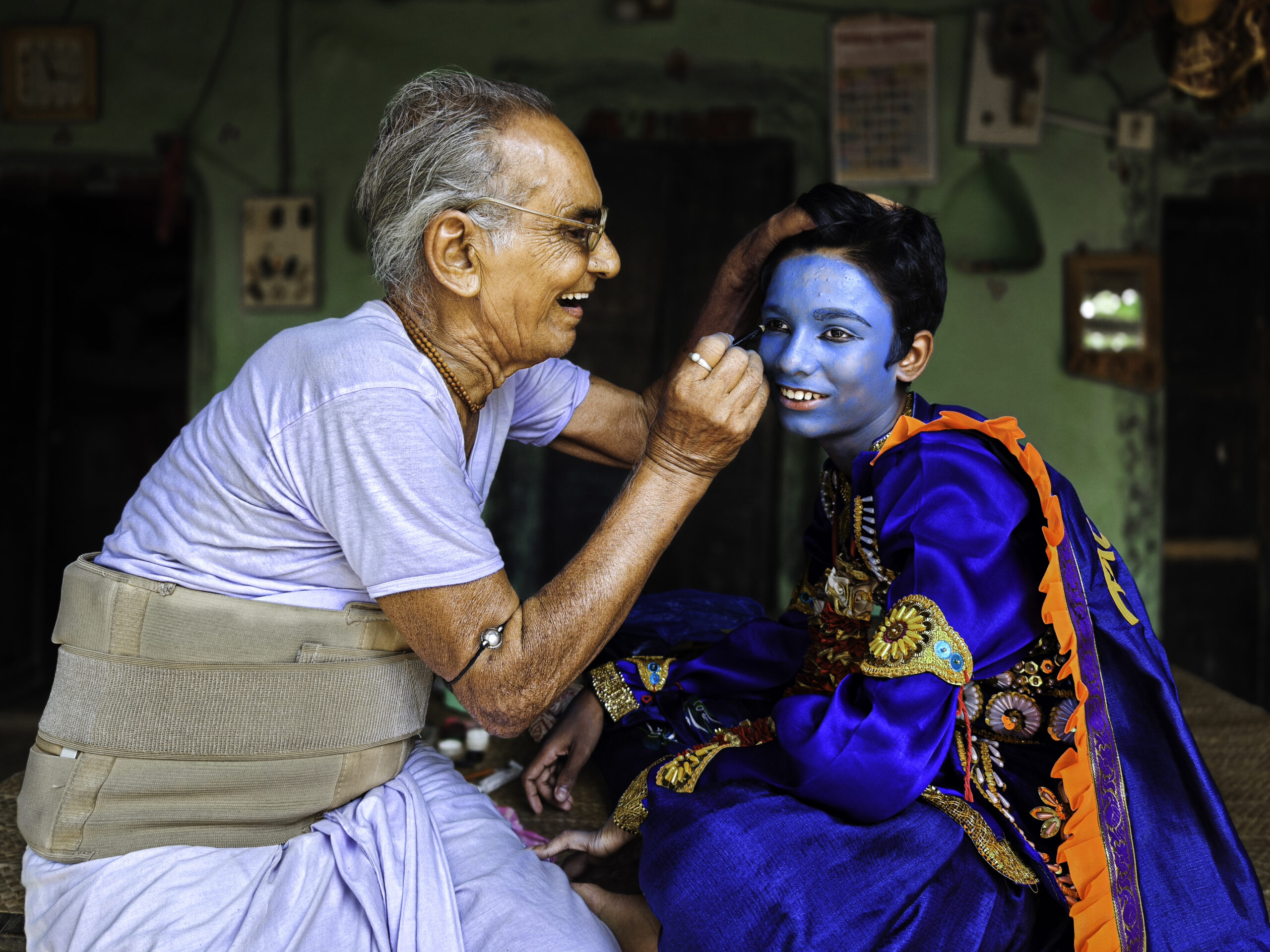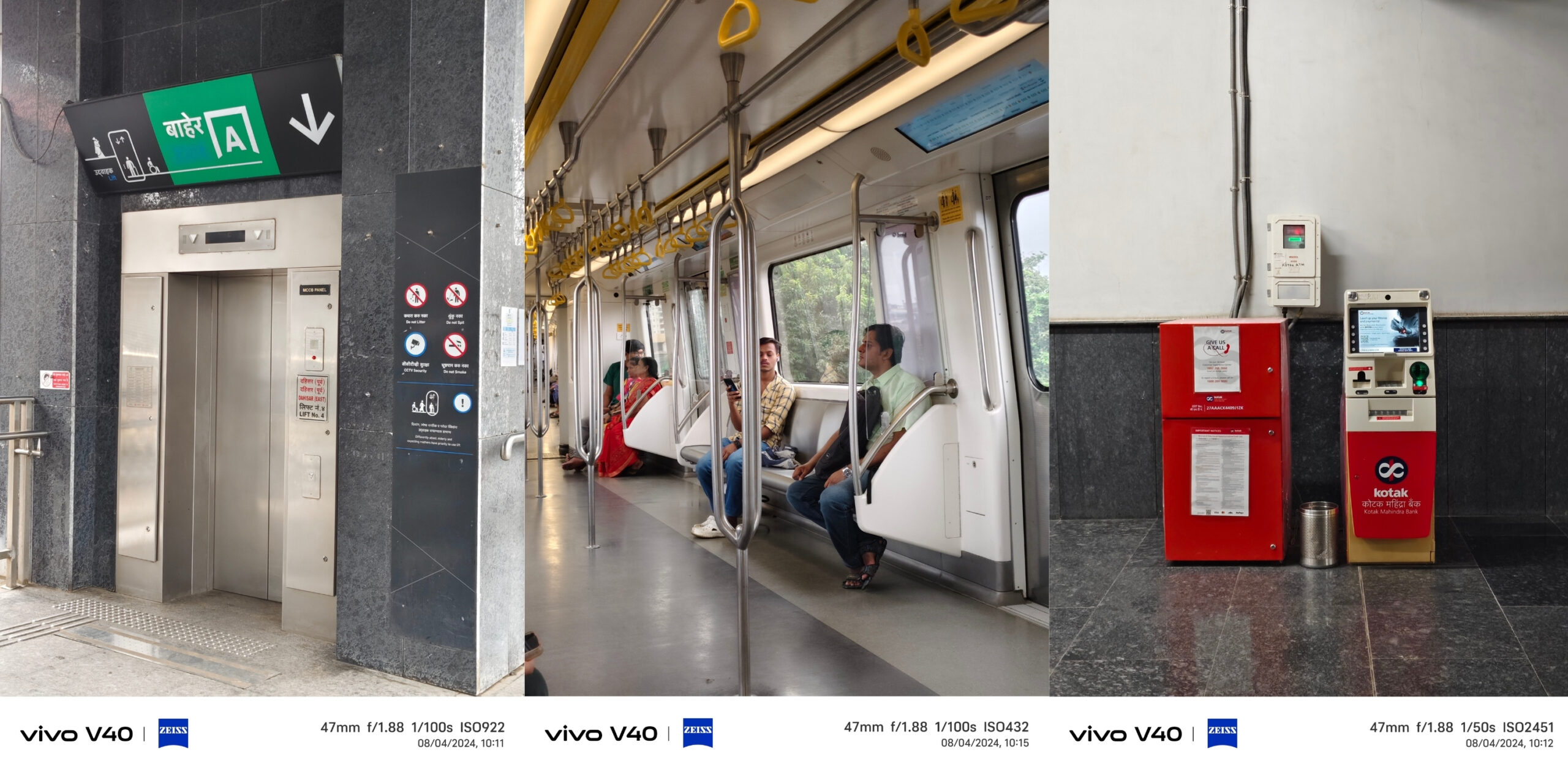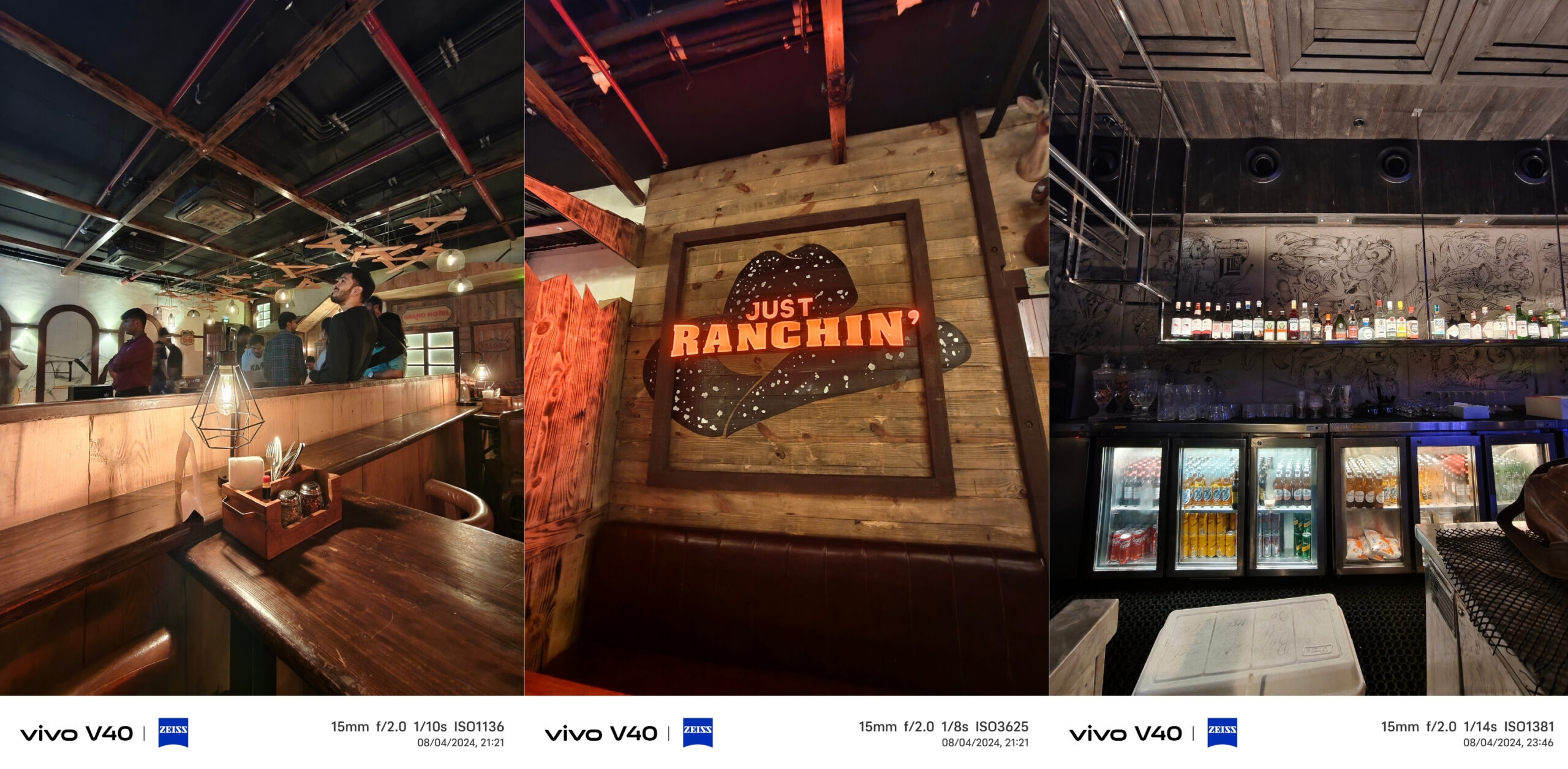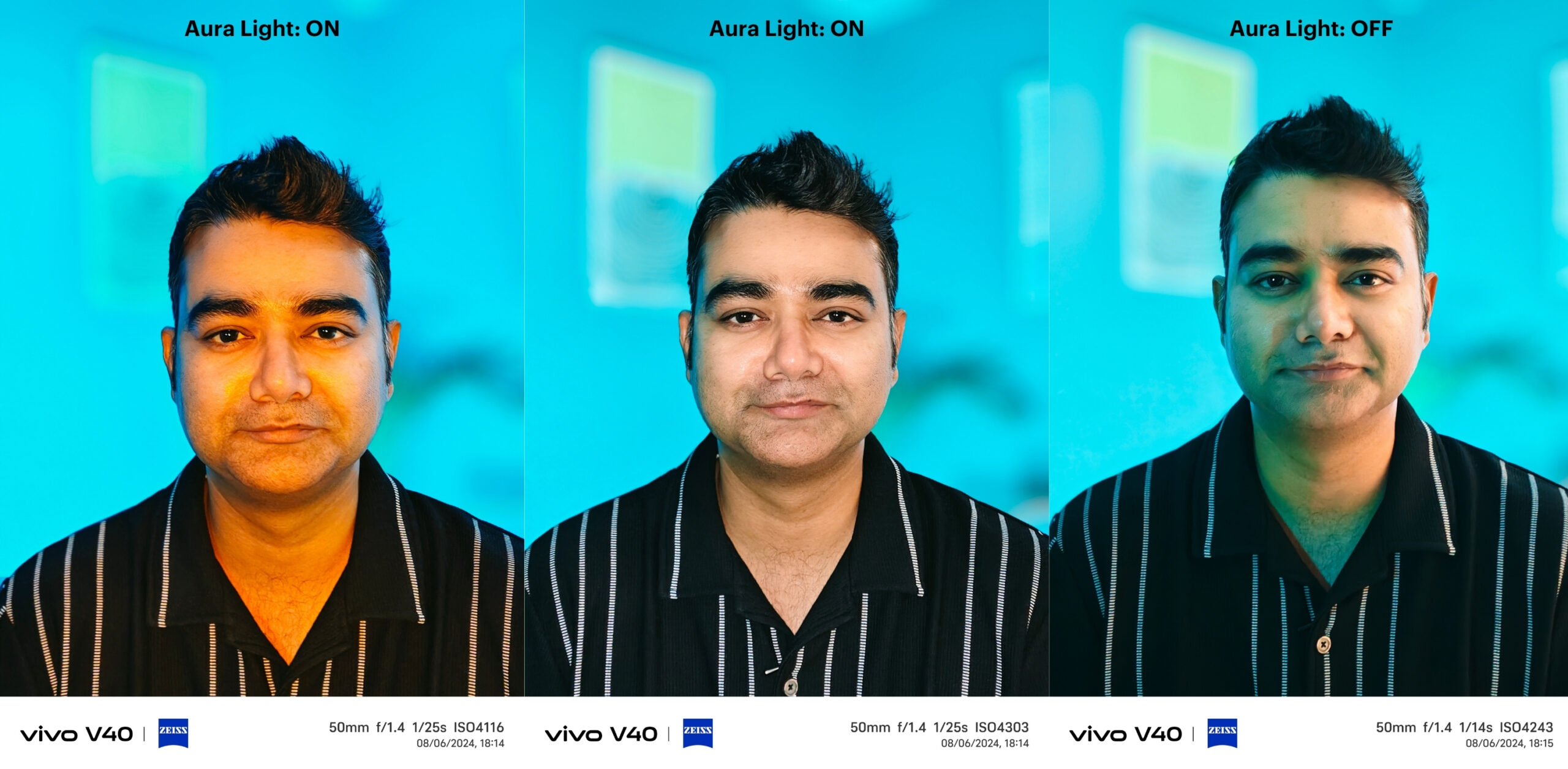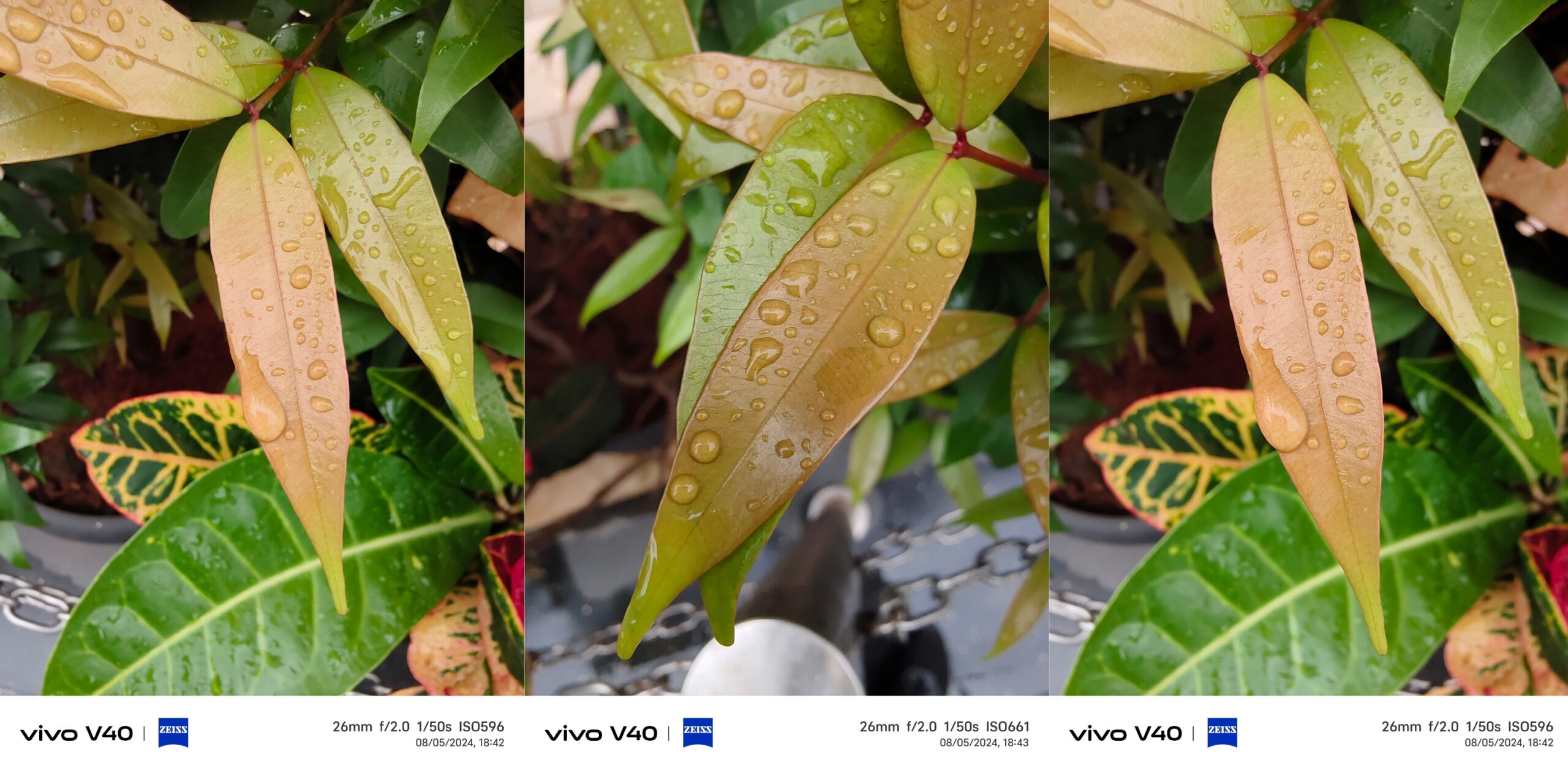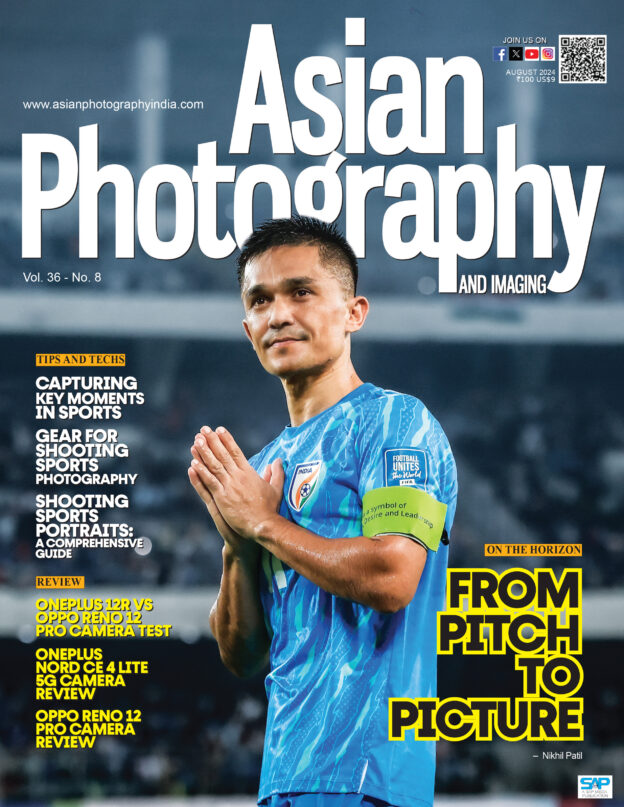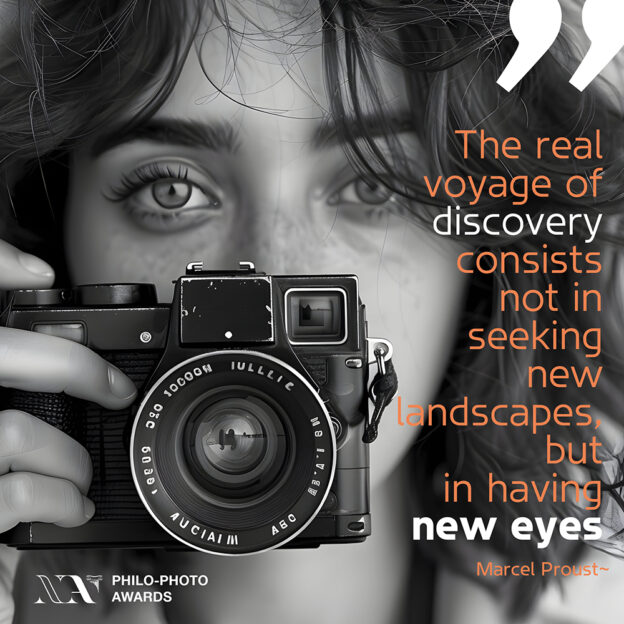A Nu contender has entered the arena of electronic accessories! Nu Republic, a Delhi-based lifestyle technology brand with a variety of wearable technology and more. They recently launched the Cybotron SPIN – a compact MagSafe compatible wireless power bank with a fidget spinner on it! Because apparently, it’s still a thing in 2024?
The MRP on the box is ₹5499 but you can get it at a discounted price of ₹2499 on their website. In this review we will find out how it performs and also if it is a product that you invest in or may be take for a spin!
What’s In the Box:
- The power bank
- A USB A to C cable
- A card which has a QR code for a user manual – that leads to their website, where the manual doesn’t exist (yet?)
- No literature
The packaging is minimal, with the only “waste” in the box being the cover that the power bank comes wrapped in and the cable tie.
Features:
Comes with a capacity of 10,000mAh, and supports two inputs – USB Type C and lightning. The output varies on the port you’re using:
USB-C: 20W max
USB-A: 22.5W max
Wireless: 15W max
This supports Quick Charge (QC) and Power Delivery (PD) standard, which is a standard for a lot of devices in the market.
The power bank is small, and feels solid to hold even though the body is built out of plastic. The rectangular design is easily recognizable and is easy to hold.

There is a tiny LED screen which shows the charging and a PD indicator and battery percentage – while both charging and discharging. One gripe with this design is that this screen is actually upside down when it’s connected to an Apple device for charging, because for MagSafe charging orientation matters. The magnets are solid and it takes a little bit of force to separate it from the phone.
When charging wirelessly on an iPhone, the normal charging animation appears, but unlike other packs, a second animation displaying the power bank’s remaining level isn’t shown. This is fine because the power bank has a display of its own (albeit upside down).

Charging with the USB A port is quick, as advertised. Tested on an android device, the phone indicated that it was “charging rapidly”, going from 40% to 80% in under 30 minutes.
Throughout our charging cycles, the power bank showed signs of very minimal heating, scoring itself some more positive points.
Conclusion
At this price, this seems like a solid bang-for-the-buck product. A compact, MagSafe compatible, wireless charger that can charge your phone twice at up to 22.5W will be a boon for power users on the go. This is for someone who recently acquired a phone with fast and wireless charging capabilities and requires charge throughout the day. Or if you have an iPhone and are looking for a power bank that sets you apart with its “cyberpunk” aesthetic. Or you’re a photographer who owns a mirrorless camera need a power bank to extend the life of your camera on-location!
But while this design is good and swanky, it isn’t the slimmest in the market, which might be a deal breaker for some, considering that all accessories are fighting for real estate space in your bags today.
And who can forget the fidget spinner which is easily the best feature of this device.
But is it worth the ₹2500 price tag? That’s for you to decide, as the competition is quite fierce in this segment. Especially if you don’t care about MagSafe wireless charging, where you can find similarly specced power banks for half the price, or bigger capacity banks for the same price.
According to us, the Nu Republic Cybotron Spin gets a solid recommendation!


